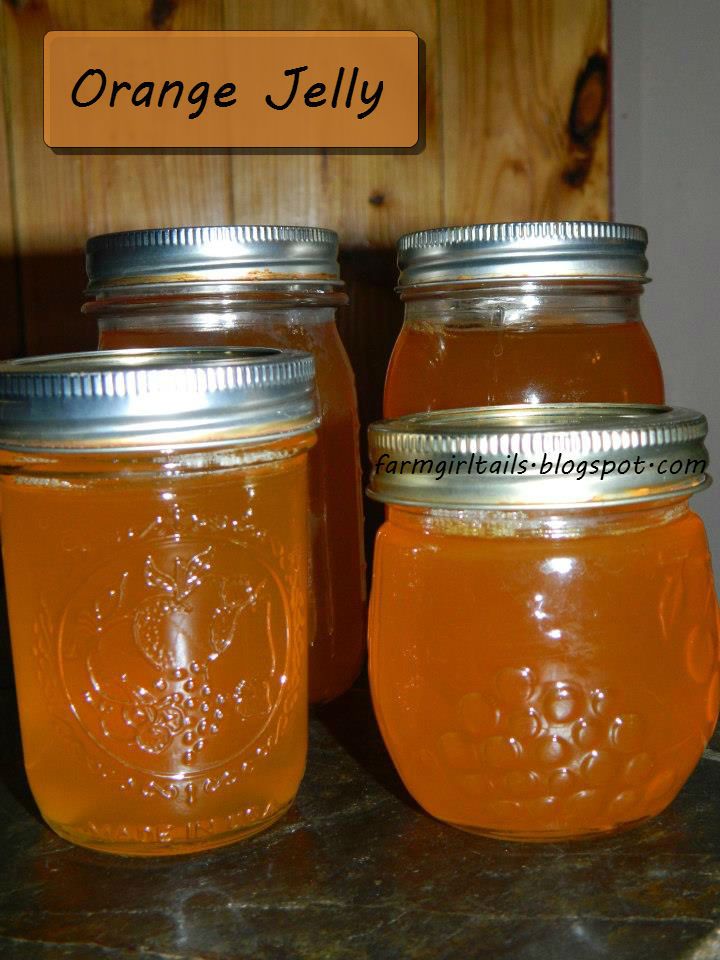So I know how overwhelmed new canners feel when they get their new canner and manual out of the box. Than manual in it's self is enough to give a person a good case of anxiety. When I got my new All American I felt the same way. I sat down and read my manual from cover to cover and back and forth. Some of it was Greek to me, but I figured it out.
So, I have seen a few articles about using your pressure canner and they have been very informative. Well I just got the current issue of Mother Earth News in the mail and low and behold a great quick article on how to use your pressure canner was included. I have to say its one of the best ones I have seen in a long while. So I'm going to share it here with you.
This article assumes you have went through your equipment thoroughly to make sure its in good working condition.
Lets get started:
What You'll Need
Pressure canner
Canning jars with rings and new lids
Canning funnel
Jar-lifting tongs
Pots, bowls, measuring cups and spoons
Plastic knife or wooden chopstick for removing air bubbles (metal knives can scratch glass jars)
Assemble Equipment and Ingredients. Though many sources will tell you to sterilize everything, this step is unnecessary. Pressure canning will kill all potential pathogens. Just start with clean equipment and a clean work surface. Discard any jars with nicks in the glass.
Prepare Recipe. Some recipes require you to pack raw food into the jars and then pour hot liquid over the food. With others, you'll cook the food and then pack it hot.
Fill Jars. Be sure to leave the proper amount of headspace (the amount of space between the top of the food or liquid and the jar's lid.) Recipes should indicate how much headspace is necessary. (The space is needed for the expansion of the food in the jar.)
Seal Jars. Remove air bubbles by stirring with a plastic knife or chopstick. Wipe the jar's rim clean (a bit of vinegar on a cloth can cut through grease), set the lid on the rim, and twist on the ring just until it resists. Don't over-tighten. (Over tightening causes the lids to buckle.)
Prepare the Canner. Place jars on a rack in the canner and add 2 to 3 inches of water, unless otherwise specified. Secure the canner lid into its locked position. If using a weighted gauge, remove the weight. If using a dial gauge, open the petcock. Heat the canner over high heat until steam escapes. Allow steam to vent for 10 minutes. Attach weight or close the petcock. Bring the canner to your recipe's recommended pressure using the high heat setting.
* Set a Timer: Begin timing when the weighted gauge is jiggling steadily (about 2 to 3 times per minute) or when the dial gauge displays the recipe's recommended pressure. Be vigilant, and adjust the heat often to maintain the lowest heat under the canner that will keep the appropriate pressure. Remove the canner from the heat after the required time has elapsed.
Jiggler Video Here
Let the Canner cool. Leave the canner alone until the pressure has released naturally, about 30 minutes for quarts. Some models have a feature that will alert you when the pressure is normal. (Depending on the heat in your home this could take longer)
Remove the Weight or Open the Petcock. Let the canner sit undisturbed for a few minutes, then remove the lid. Lean back to avoid a steam burn. Let the open canner stand for 10 minutes.
Let the Jars Cool. Place a towel on the counter. Using a jar lifter, remove the jars to the towel, keeping them an inch apart to allow for air circulation. Let the jars cool for 12 to 24 hours, and then check the seals. The lids should not have any give when you press firmly on the center. If any jars didn't seal, process them a second time.
Fill Your Pantry. Be sure to label jars with the date and contents. Remove the metal rings, as they can corrode during storage. Rings can be reused, but lids should not be.
Eat Up! For best quality, consume within 12 months, but can be consumed many more months past this. (I've eaten food that has been 3 years old).
This article came from
Mother Earth News.
~ Farmgirl
Pin It


























